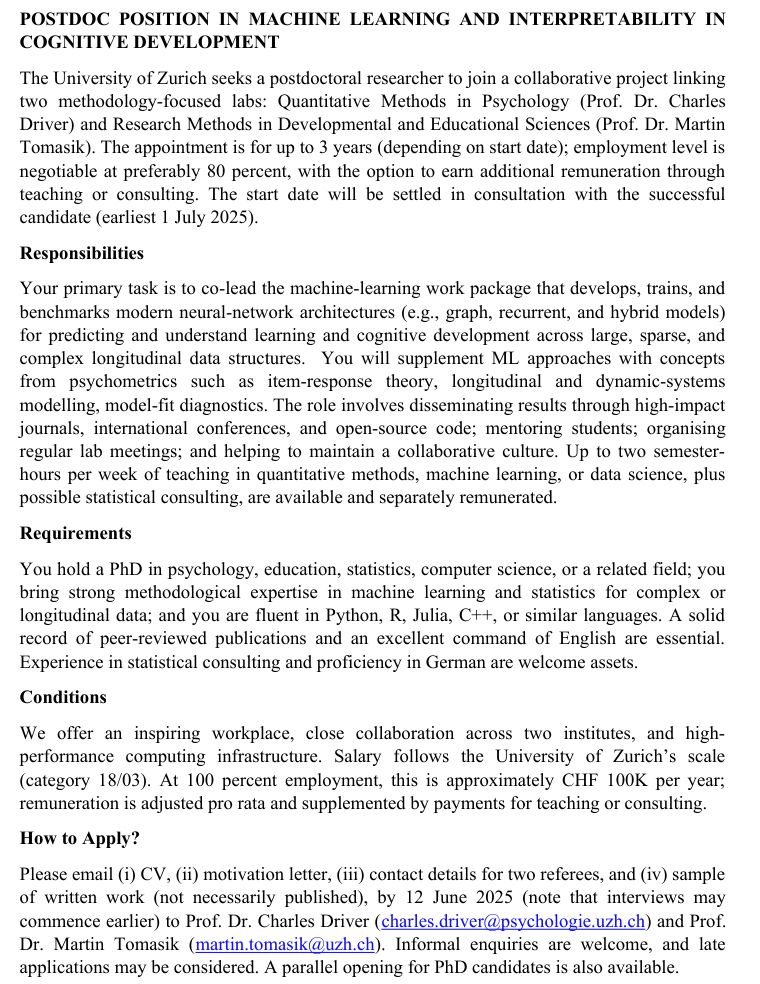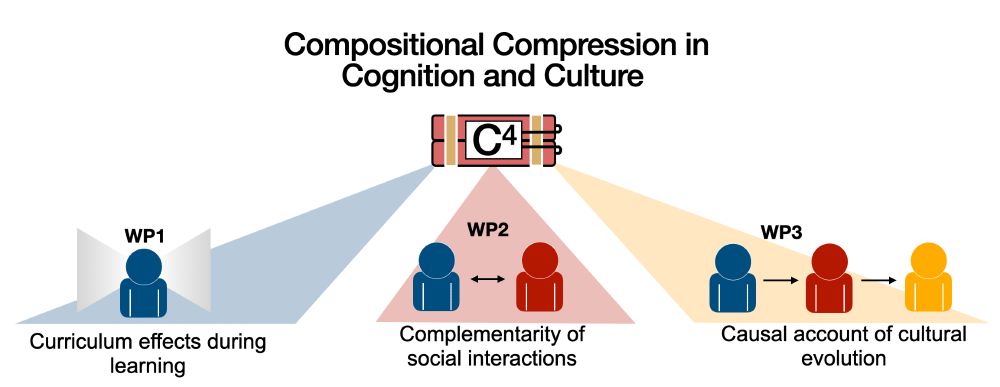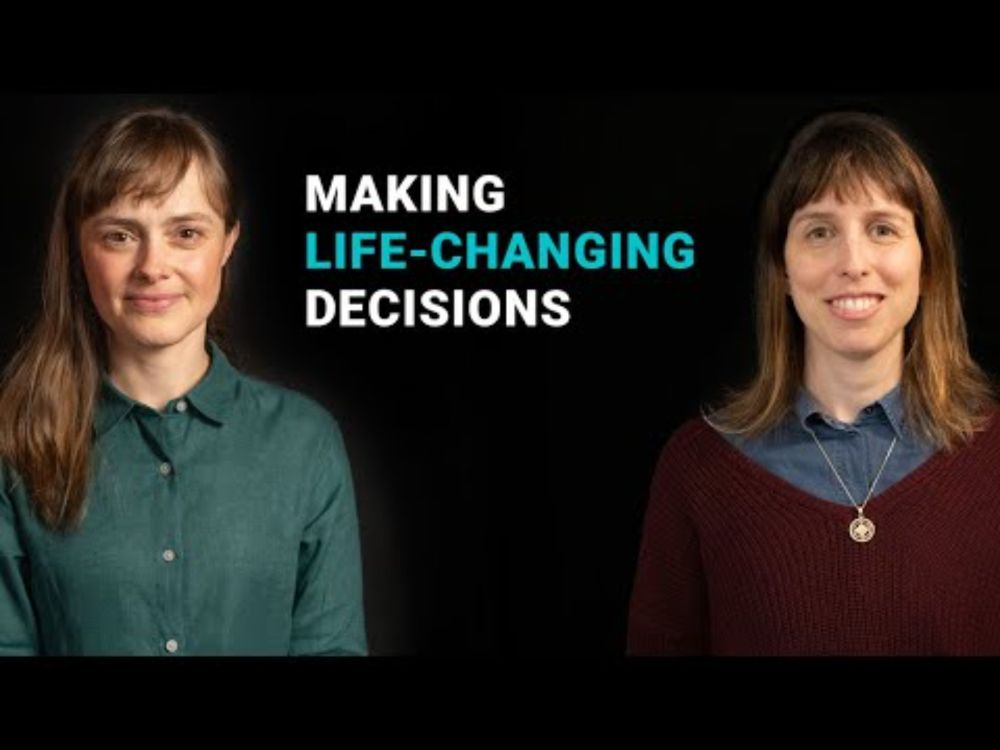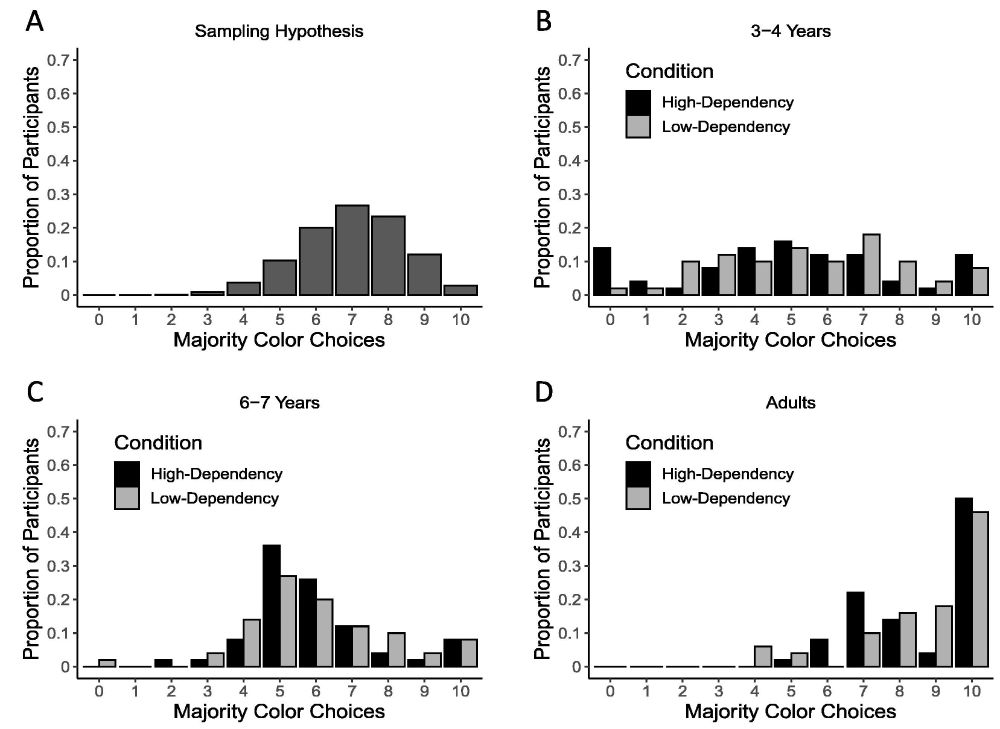Anna Thoma
@annaithoma.bsky.social
160 followers
310 following
19 posts
Postdoc @ Center for Adaptive Rationality | Max Planck Institute for Human Development | learning, decision making, development
Posts
Media
Videos
Starter Packs
Pinned
Reposted by Anna Thoma
Reposted by Anna Thoma
Reposted by Anna Thoma
Reposted by Anna Thoma
Anna Thoma
@annaithoma.bsky.social
· Apr 10
Anna Thoma
@annaithoma.bsky.social
· Apr 10
Anna Thoma
@annaithoma.bsky.social
· Apr 10
Anna Thoma
@annaithoma.bsky.social
· Apr 10
Anna Thoma
@annaithoma.bsky.social
· Apr 10
Anna Thoma
@annaithoma.bsky.social
· Apr 10
Reposted by Anna Thoma
Anna Thoma
@annaithoma.bsky.social
· Dec 9
Anna Thoma
@annaithoma.bsky.social
· Dec 9
Anna Thoma
@annaithoma.bsky.social
· Dec 9
Anna Thoma
@annaithoma.bsky.social
· Dec 9
Anna Thoma
@annaithoma.bsky.social
· Dec 9
Anna Thoma
@annaithoma.bsky.social
· Dec 9
Anna Thoma
@annaithoma.bsky.social
· Dec 9







